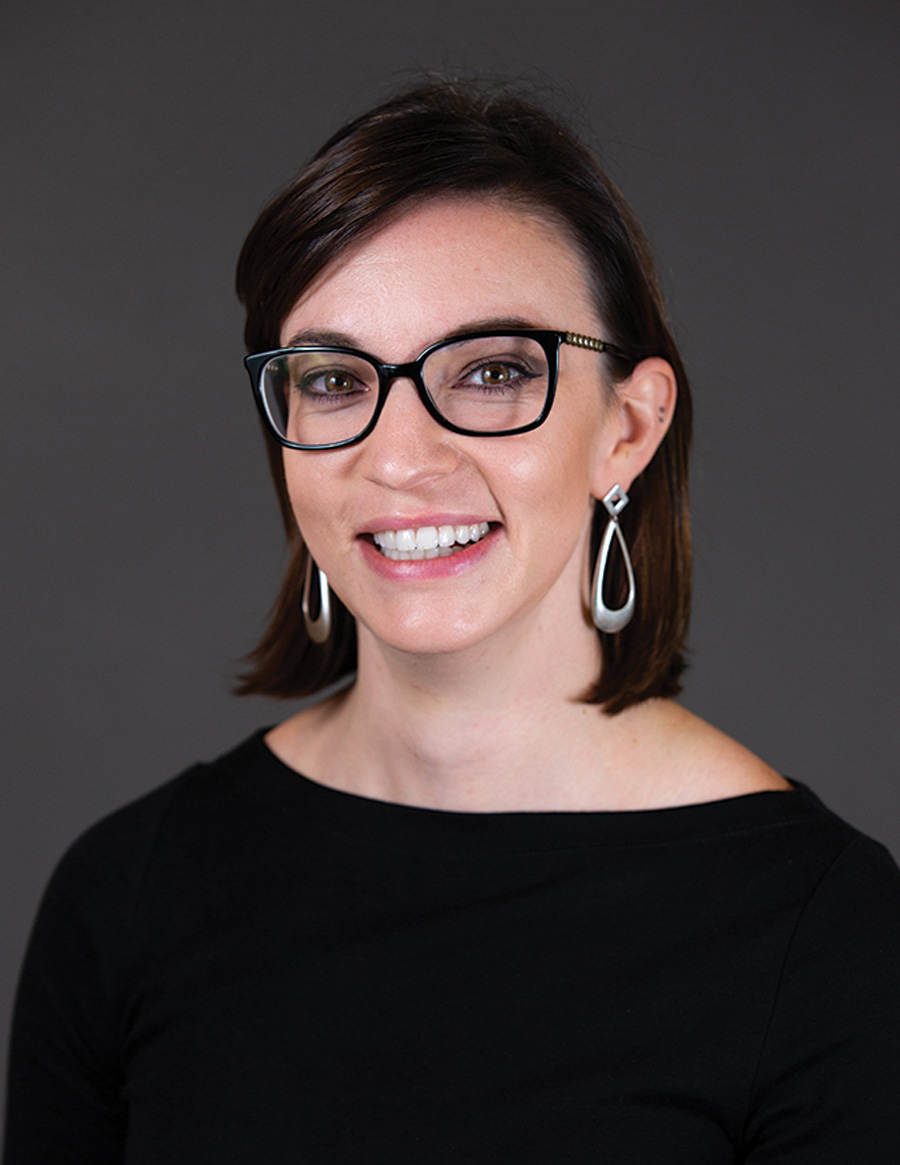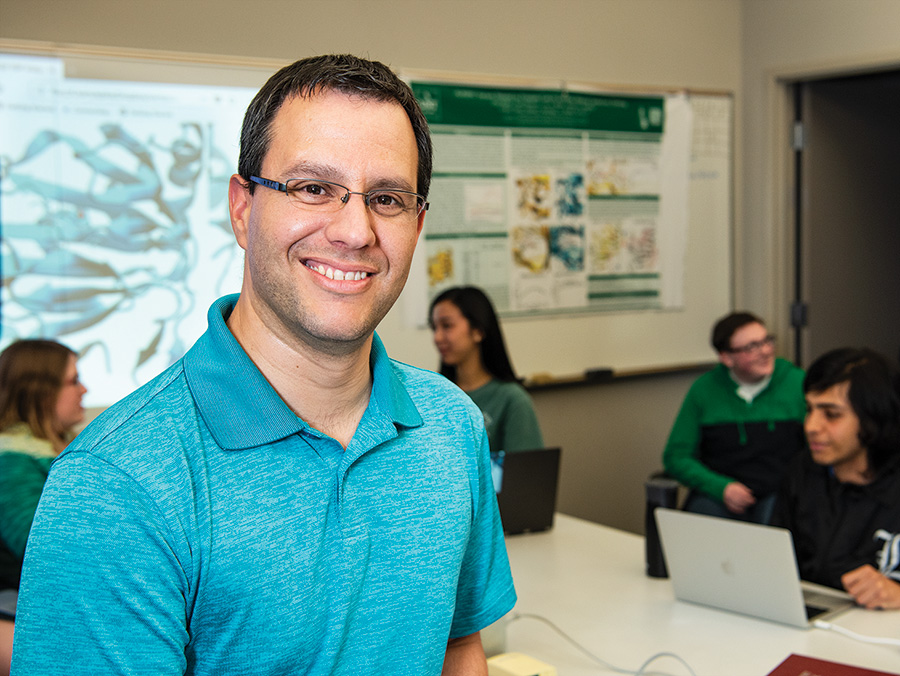Back in March, Champlin was looking for ways to contribute her expertise to the COVID-19
pandemic. At one meeting, there were ideas pitched from biology, chemistry, physics, mathematics -- all important subjects, but none that directly applied to her work in the social
sciences. And then Shobhana Chelliah, associate dean and professor in UNT's Department of Linguistics, said the magic word: communication.
"I sent her a message," says Champlin, whose expertise is in health communications.
"And I was like, 'We don't know each other, but we have overlapping interests.'"
That led to the two collaborating on a project -- along with Kelly Harper Berkson,
an assistant professor of linguistics at Indiana University and Ken Van Bik, an assistant professor of linguistics at the
University of California, Fullerton -- that aims to discover how to effectively communicate
information about COVID-19 to refugees of Myanmar, who are members of the Chin language
community. The research team, which recently received a National Science Foundation
Rapid Response Research grant for the project, is preparing to gather feedback from
the minority language community through interviews and narratives, which Chelliah
will linguistically analyze. Ultimately, those translations will be given to Champlin's
students, who will create visual materials for Chin speakers.
Collaborations like theirs are common at UNT, where faculty innately understand the
benefit of drawing upon multiple perspectives -- especially in a situation like a
global pandemic. In April, for example, the College of Visual Arts and Design and the College of Engineering paired up to produce transparent face shields in response to an equipment shortage
caused by COVID-19.
"We are a Tier One research university," says Vice President for Research and Innovation Mark McLellan, "because we have the expertise, equipment and capability of tackling world-sized
problems."
Chelliah couldn't agree more. For example, she hopes that by learning how to best
communicate COVID-19 information to the Chin community, the team will deduce how to
better support speakers of any underserved language, particularly when it comes to
their health.
"Whether you are applying the scientific methods of documentary linguistics or conducting
tests in a lab, science matters," she says. "You need science to make a significant
impact on things like public health."



